If you’re reading this, you’re likely in the same boat as me—trying your absolute best to raise kind, responsible, and happy kids without losing your cool. I have a 7-year-old daughter, and believe me, I understand the challenges we face daily.
We all have those moments where we might lose our cool, and that’s okay as long as we recognize it and apologize. I make sure to apologize whenever I notice I’ve overreacted because it’s important to set a good example for our kids.
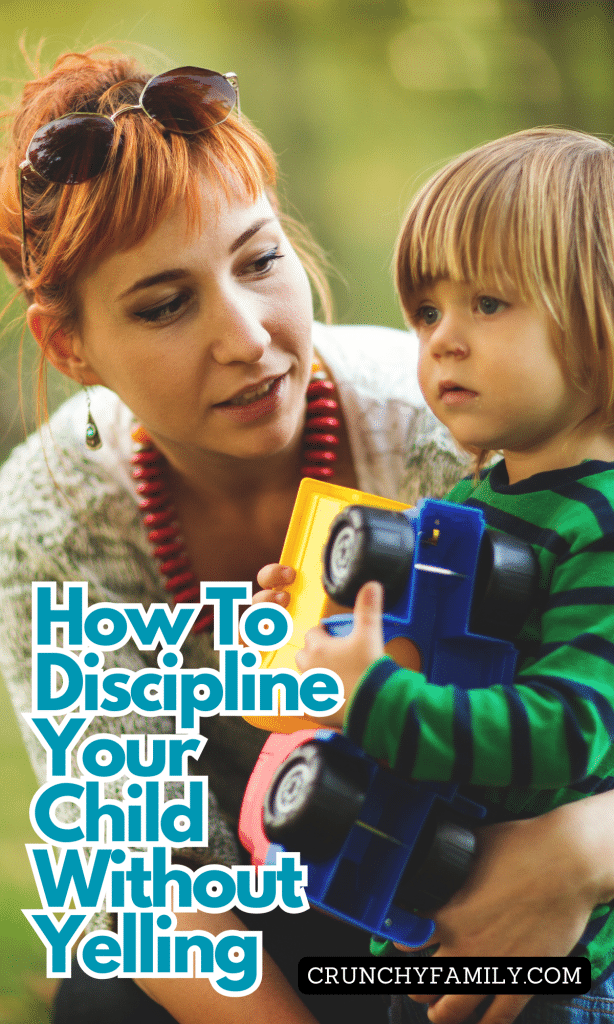
Just recently, I had the chance to talk about parenting on Good Morning Britain during a debate on whether it’s okay to hide from your kids when you need a moment to reset.
Spoiler alert: I absolutely support taking a break to reset yourself before addressing the situation. It’s a great way to ensure you’re using the best discipline strategies possible. So, let’s discover together some effective ways to discipline your child without yelling.
1. Take a Deep Breath
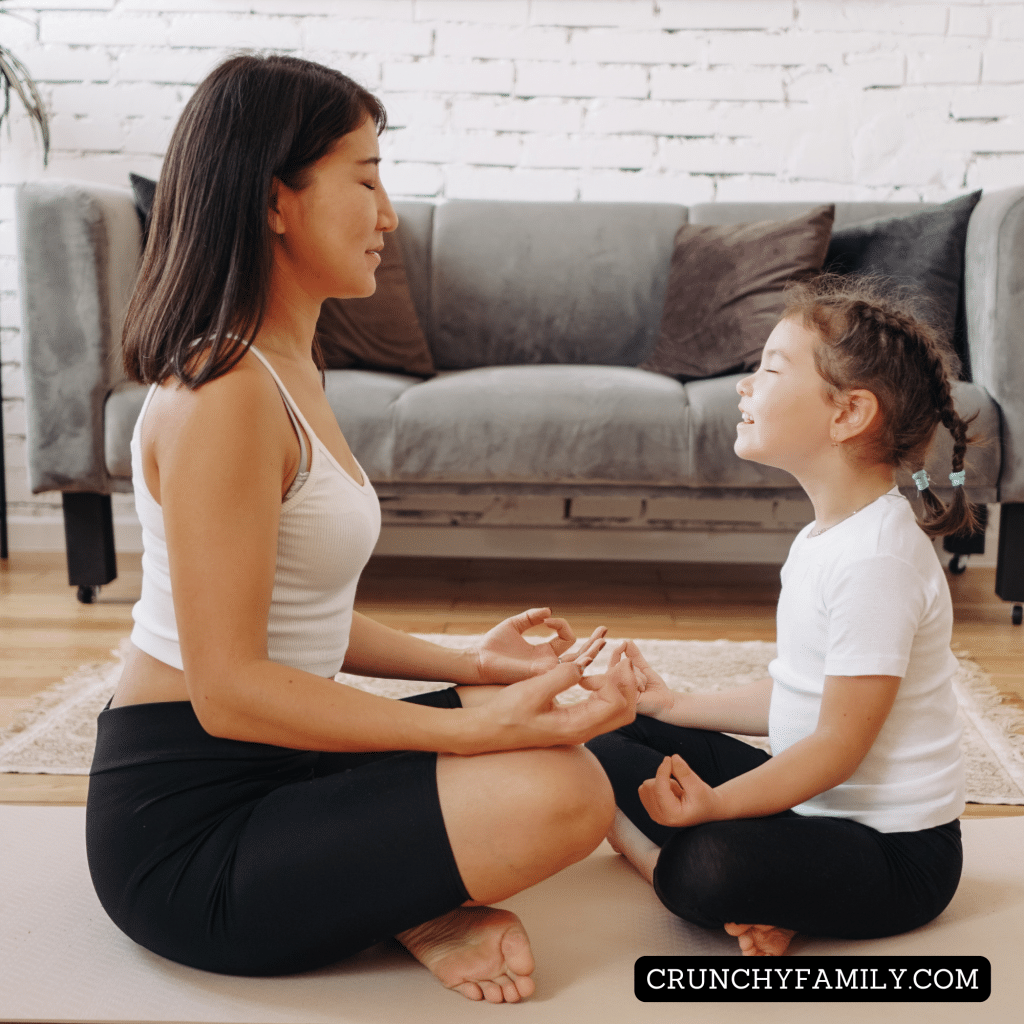
The first thing to do when faced with your child’s negative behavior is to take a deep breath. We have a whole post about amazing and effective breathing techniques that you can also use.
This helps calm your nervous system and gives you a moment to assess the situation with better judgment. It’s essential to stay calm to avoid harsh verbal discipline, which can have negative effects on your child’s mental health.
Example: When your child throws a tantrum because they can’t have a snack before dinner, take a deep breath before responding. This pause helps you stay calm and think of a constructive way to address their behavior.
2. Positive Reinforcement
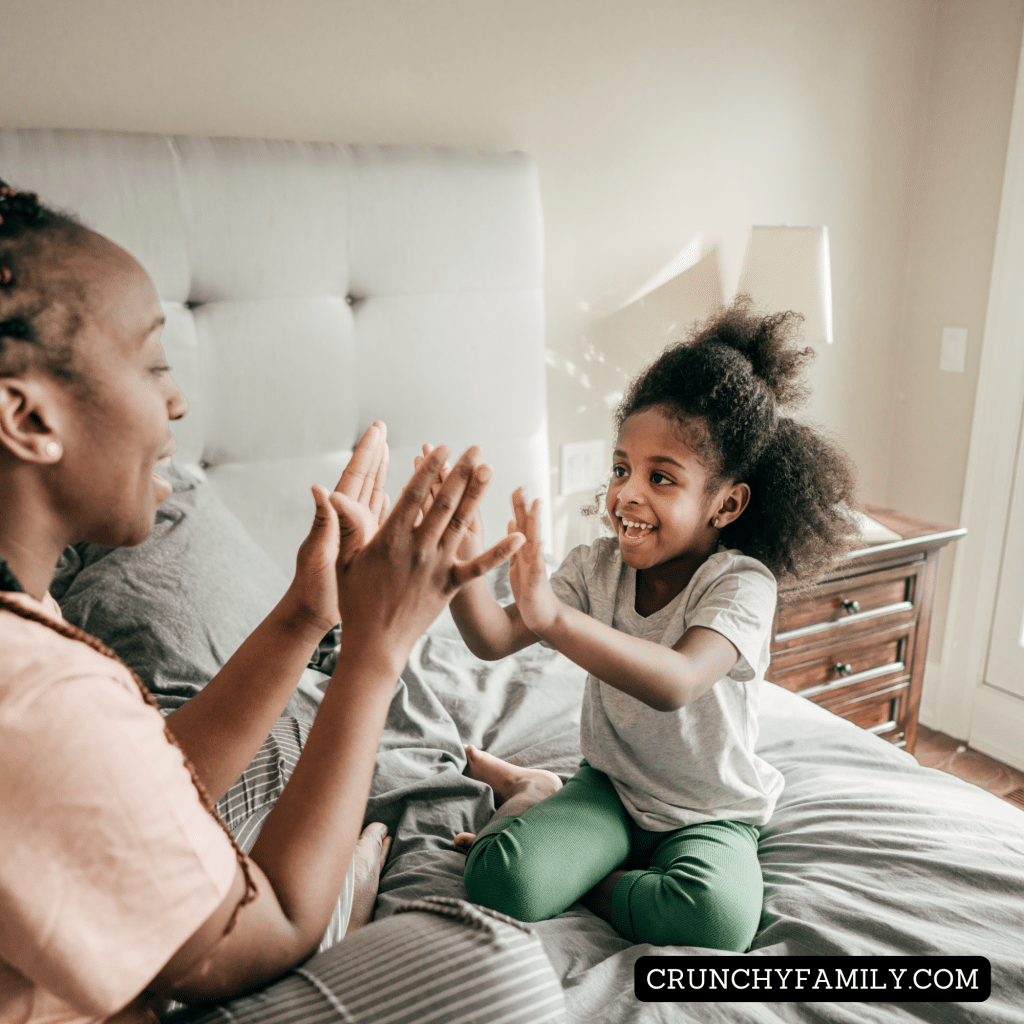
Celebrate good behavior by recognizing and rewarding it. This could be through a simple “Great job!” or a reward system where your child earns points towards a special treat or activity. Focusing on positive behavior encourages your child to repeat these actions.
Example: If your child helps clean up their toys without being asked, give them a sticker for their reward chart. After collecting a certain number of stickers, they can choose a small prize or a special outing.
3. Clear Limits and Logical Consequences
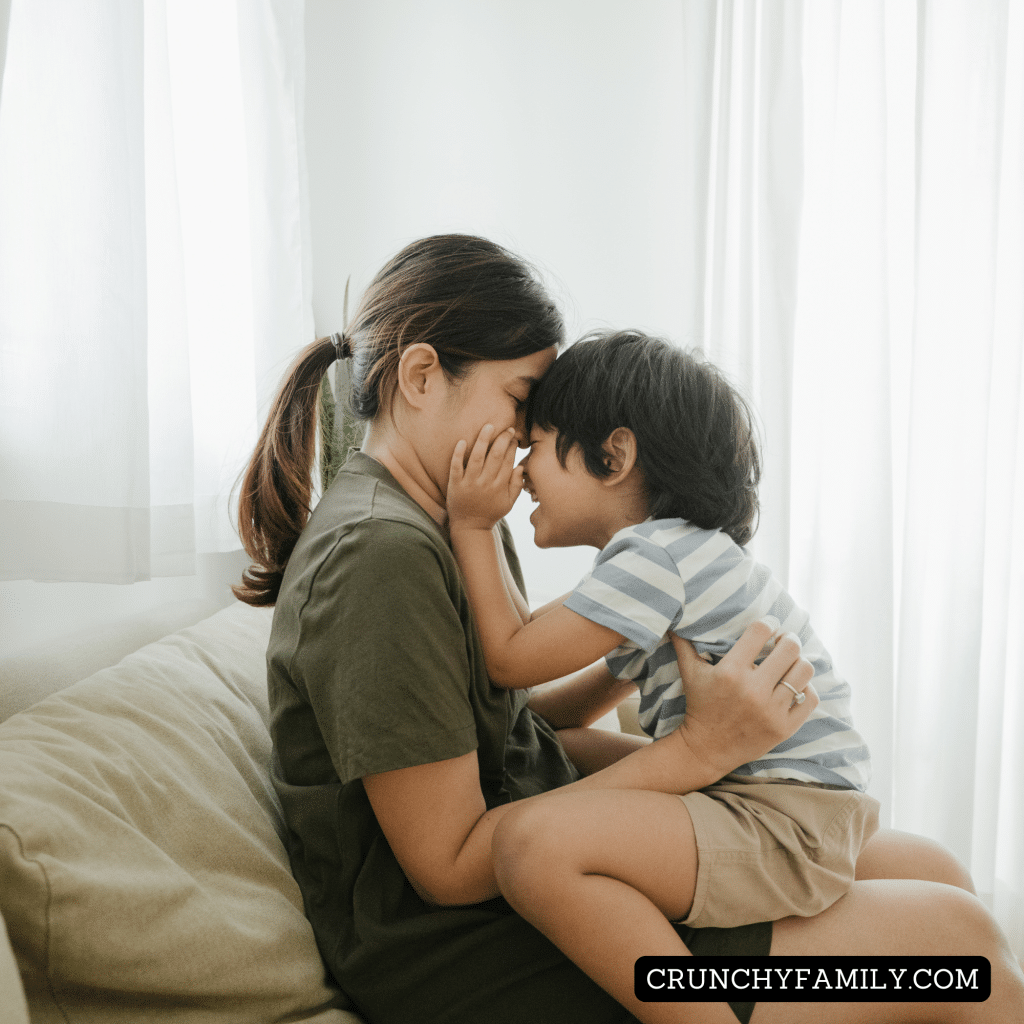
Children need clear limits to understand what is expected of them. When they cross these limits, implement logical consequences related to the behavior. If they don’t finish their homework, they might lose video game time. This helps them understand the consequences of their actions.
Example: If your child refuses to turn off the TV and go to bed, explain that the logical consequence is no TV the next day. This shows them the direct result of their actions.
4. Implement Natural Consequences
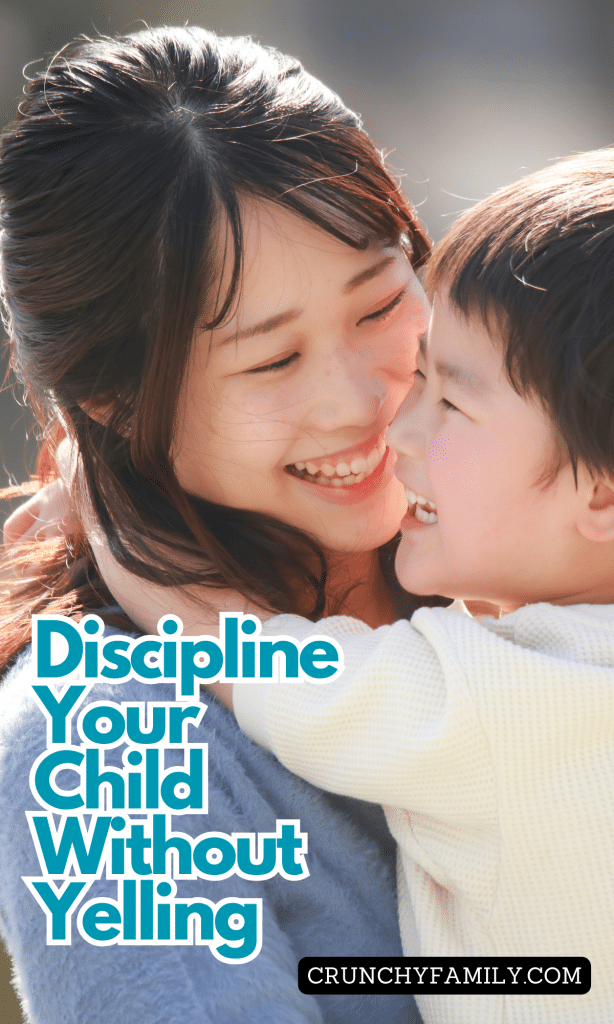
Letting your child experience the natural consequences of their actions is a highly effective way to teach them responsibility.
Example: If they refuse to wear a coat on a chilly day, they’ll feel cold and remember to wear it next time.
5. Use Time-Outs Wisely
Time-outs can be a good way to help an unruly child calm down and reflect on their behavior. Make sure the time-out is in a quiet, non-stimulating area and lasts only a few minutes per year of age.
If you prefer to avoid time outs, check out these suggestions for gentle parenting alternatives to time out.

Example: If your child hits their sibling, calmly take them to a designated time-out spot. After the time-out, discuss why their behavior was wrong and how they can handle their emotions better next time. Also this is the time to comfort them and let them express themselves.
6. Gentle Facial Expressions
Getting down to your child’s eye level and using calm facial expressions can grab their attention more effectively than yelling. It shows them that you’re serious and engaged without being threatening.
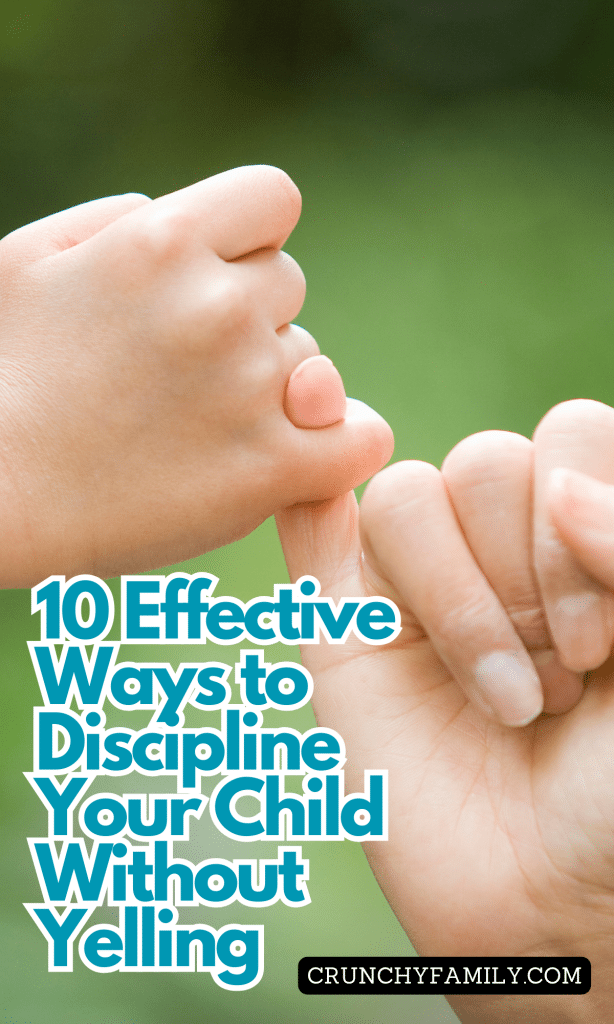
Example: When your child is refusing to share a toy with a friend, kneel down to their eye level and calmly explain why sharing is important, using a gentle tone and facial expressions.
7. Address the Behavior, Not the Child
Focus on addressing the behavior problems rather than labeling the child as “bad.” This helps them understand that while their actions might not be acceptable, they are still loved and valued.
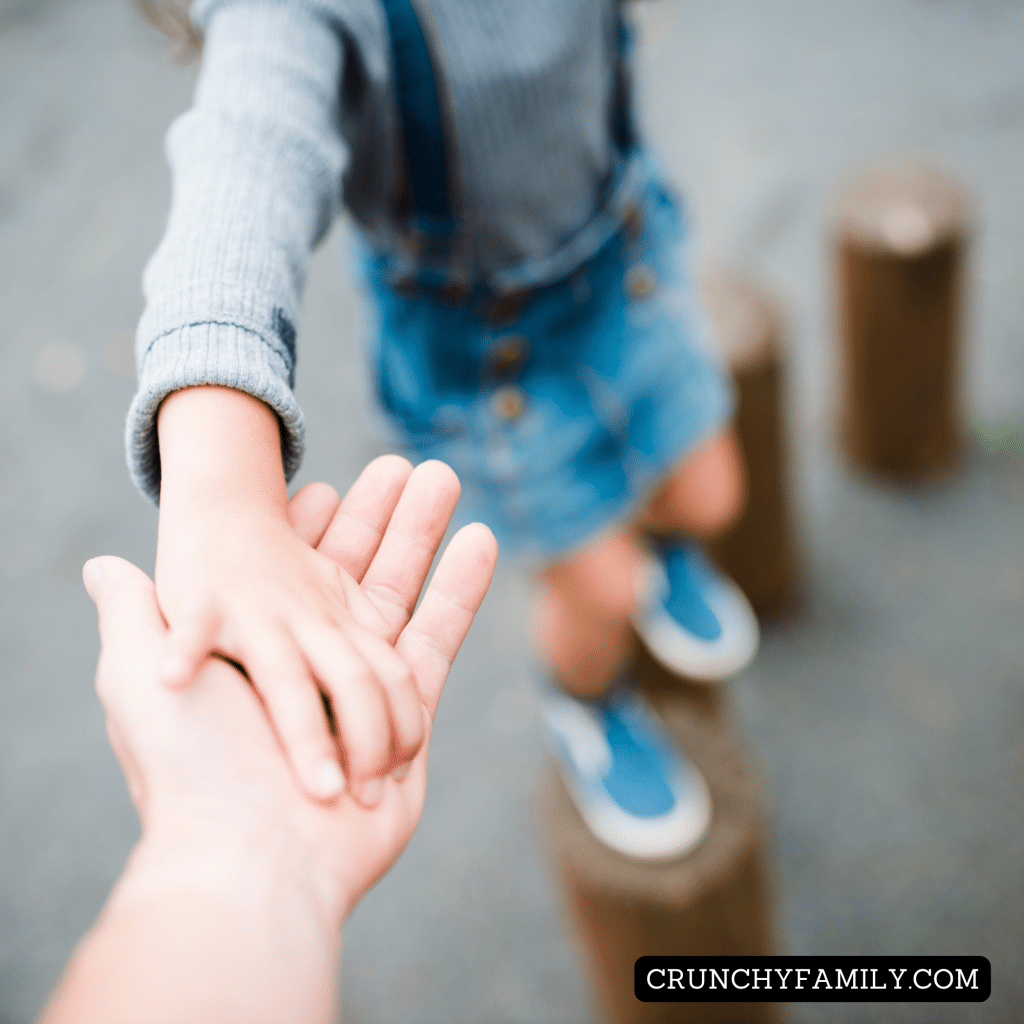
Example: Instead of saying, “You’re so naughty for breaking that vase,” say, “It’s not okay to throw things inside the house because they can break. Let’s clean this up together and find a better way to play.”
8. Be a Role Model
Show your child how to handle frustration and anger by managing your own emotions effectively. Children learn a lot by observing the adults in their lives, so demonstrate good behavior and coping mechanisms.
Related: 10 Powerful Reasons Why Kids Need Role Models
Example: If you’re feeling frustrated because of a stressful day, verbalize it calmly: “I’m feeling really stressed right now, so I’m going to take a few deep breaths to calm down.” This shows them a positive way to manage their own emotions and it is surprisingly effective. I often explain that to my daughter and it really helps. It also helps them develop empathy.

9. Take Breaks When Needed
Sometimes the best way to handle a discipline moment is to take a break yourself. Step away for a few minutes to cool down, gather your thoughts, and come back with a calm approach. This teaches your child that it’s okay to take a moment to regain composure.
Example: If you feel yourself getting angry because your child is not listening, tell them, “I need a moment to calm down. I’ll be back in a few minutes and then we’ll talk about this.”
10. Communicate and Listen
Open communication is key to understanding your child’s feelings and motivations. Listen actively to what they have to say, and explain why certain behaviors are not acceptable. This strengthens the parent-child relationship and helps older children and young adults feel respected and understood.

Example: If your child is acting out because they’re upset about something that happened at school, take the time to sit down and listen to their concerns. Then, explain why their behavior is not acceptable and discuss better alternatives for handling their emotions.
Disciplining without yelling is not only possible, but it’s also a positive way to foster a close relationship with your child.
By setting clear limits, using natural consequences, and focusing on positive behavior, we can guide our children towards making good choices and understanding the consequences of their actions. Remember, we’re all human beings trying our best, and every moment is a new opportunity to use effective discipline techniques.
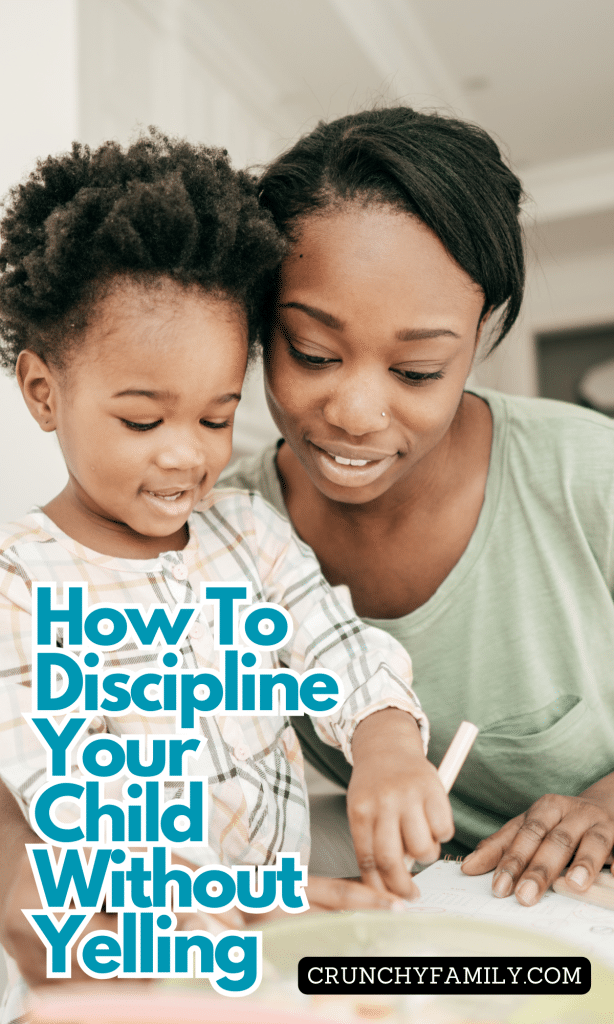
I also find it incredibly important to take some space and reset amidst a crisis to deescalate the situation. “Hiding” for a few minutes to catch your breath has helped me many times.
It allows me to approach the situation with a clear mind and a calm demeanor, which ultimately leads to more effective discipline. So, let’s take a deep breath, stay calm, and continue to support our kids with love and patience.
More related reads:
- Natural Ways to Reduce Anxiety In Children
- 45 Journal Prompts for Anxiety
- 11 Fun And Easy Breathing Exercises for Children
- 15 Positive Discipline Strategies for Toddlers To Make Parenting a Little Easier
- 15 Fun And Simple Grounding Activities For Kids
- How To Deal With a Child Who Ignores You
- How to Teach Your Child Responsibility Without Shame
1 thought on “10 Effective Ways to Discipline Your Child Without Yelling”